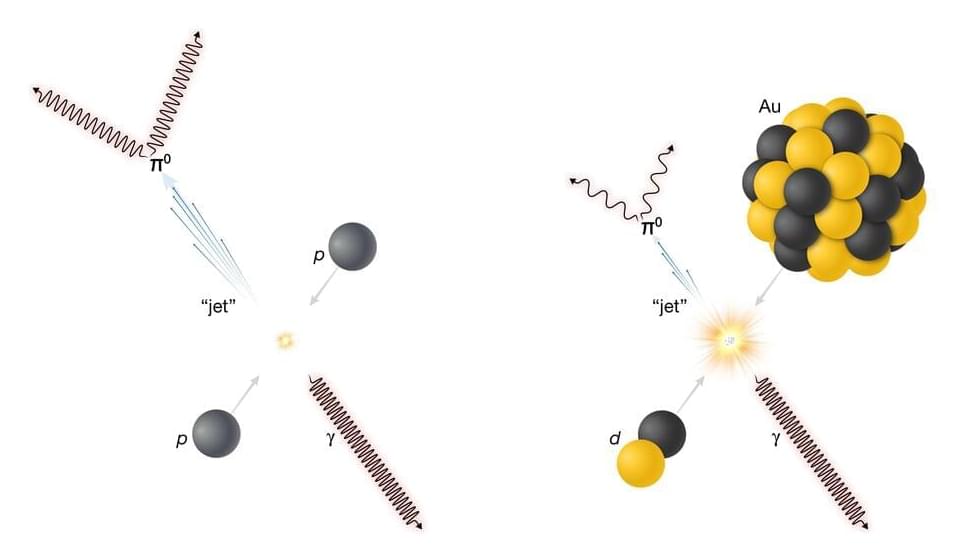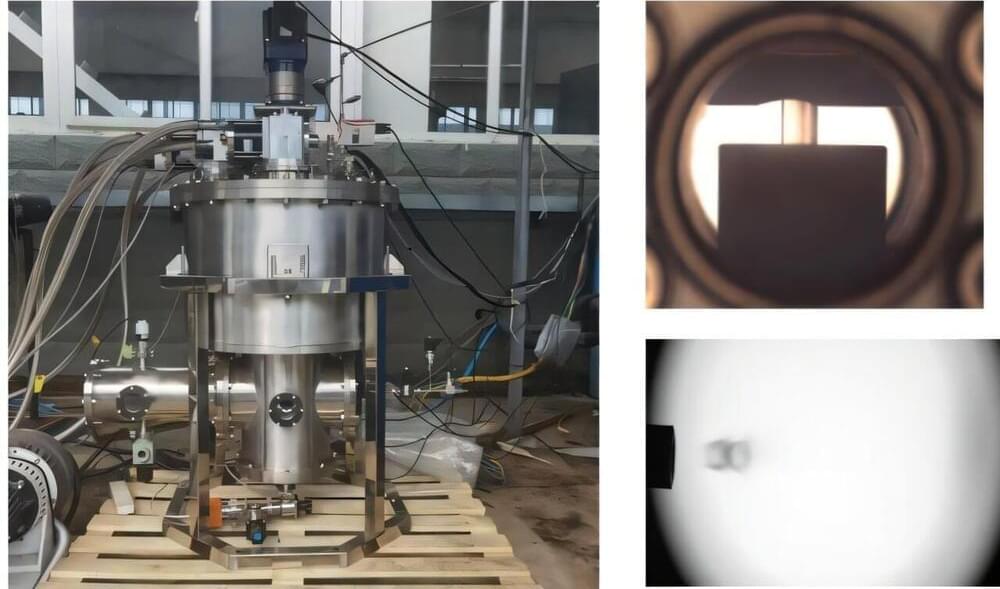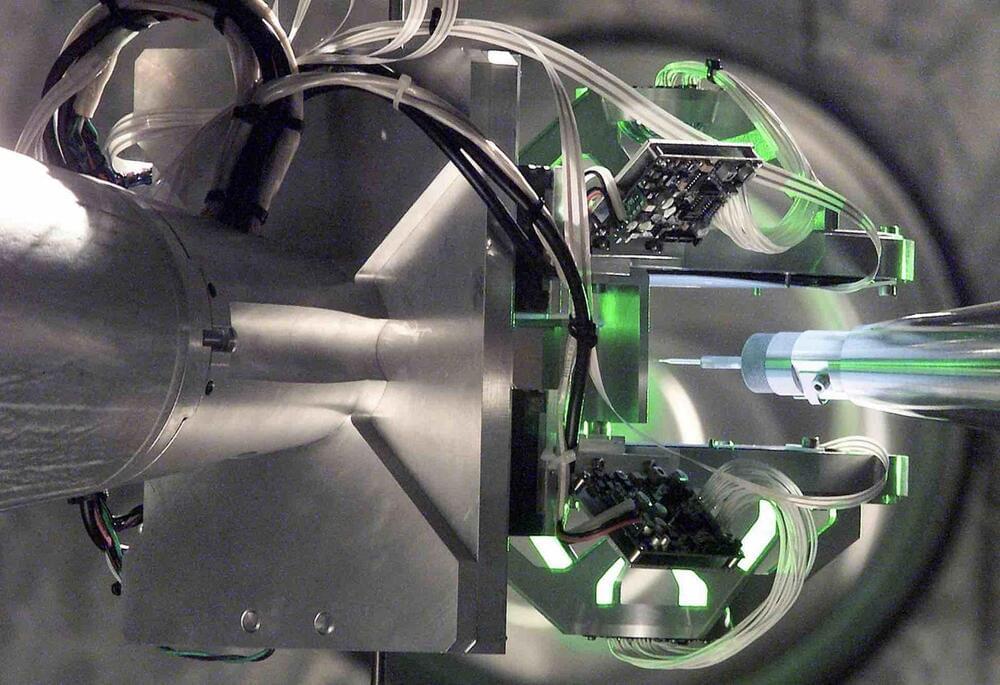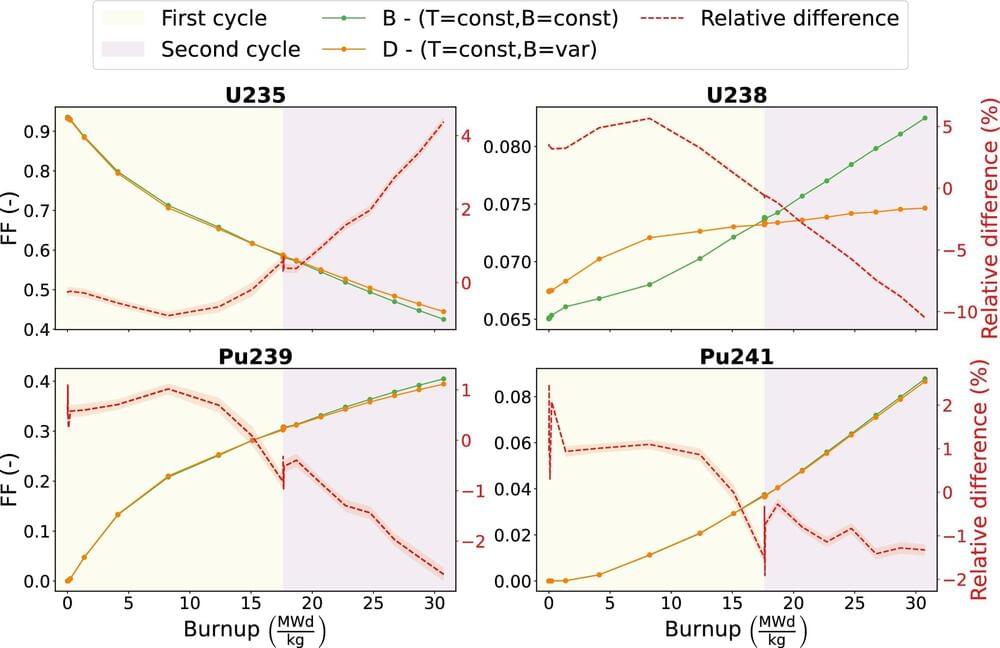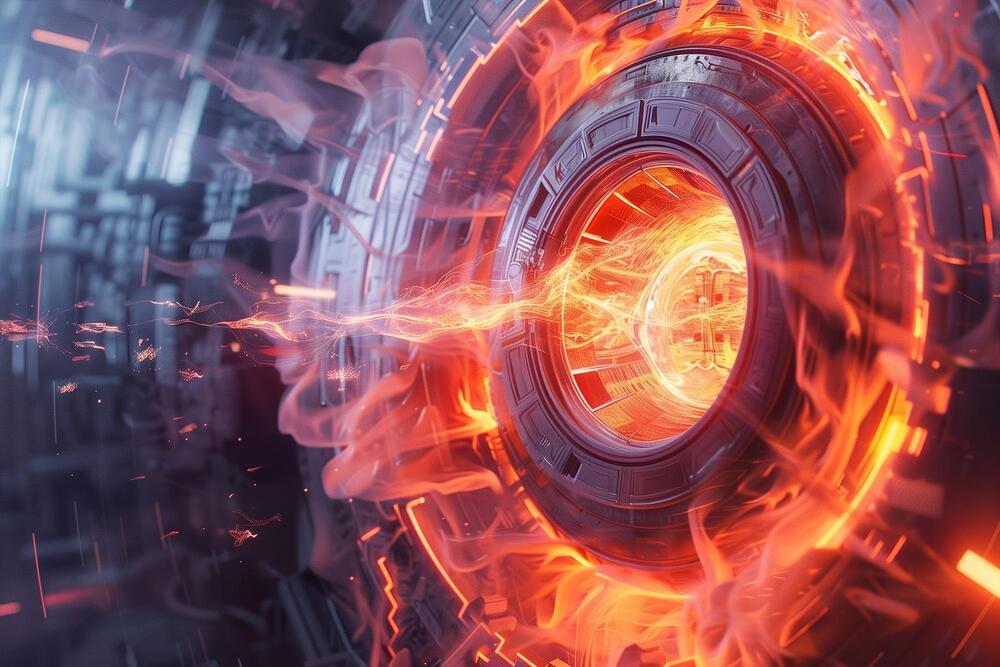Commonwealth Fusion Systems (CFS) is developing a tokamak device called SPARC. The company aims to demonstrate the critical fusion energy milestone of producing more output power than input power for the first time in a device that can scale up to commercial power plant size. However, this achievement is only possible if the plasma doesn’t melt the device.
Researchers from CFS and Oak Ridge National Laboratory (ORNL) have collaborated on fusion boundary research through a series of projects, including ORNL Strategic Partnership Projects and Laboratory Directed Research and Development projects, work under the Innovation Network for Fusion Energy (INFUSE), and other work in partnership with General Atomics.
Throughout this collaboration, ORNL has developed simulation capabilities required to address critical and time-sensitive design issues for the SPARC tokamak.


